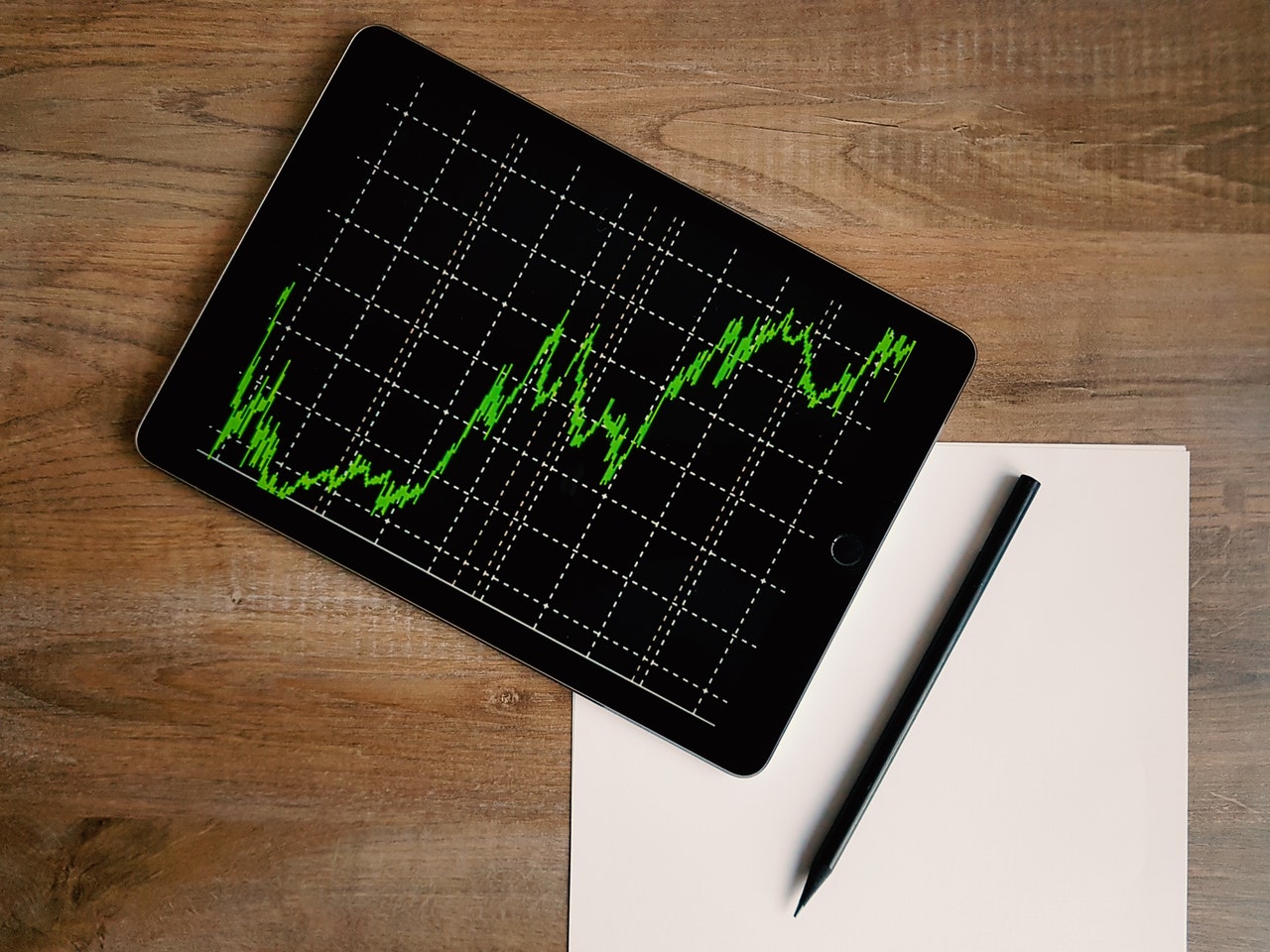Have Commodity Prices Finally Bottomed Out?
Rising commodity prices have the experts talking about a bull market. But what do buyers need to keep an eye on in the coming 12 months?
You can find and download the ‘MetalMiner’s Annual Metals Outlook Report – 2017‘ here.
MetalMiner has called it – commodity prices in the U.S. have finally bottomed after five years of a bear market. So far, we’re witnessing an uptrend, but the publication’s founder and executive editor Lisa Reisman says industrial metal buyers should continue to take a cautious approach.
“Although markets remain bullish,” she says, “rising interest rates would likely lift the U.S. dollar and depress commodity prices. In addition, Chinese demand remains tepid and a slow-down in China would also lead to lower commodity prices.”
Big 3 Commodity Price Influencers
MetalMiner’s Annual Metals Outlook Report is essential reading for metal buyers. The report speaks authoritatively about the state of the commodities market, the industrial metals market and key price drivers before diving into a detailed analysis of aluminium, copper, nickel, lead, zinc, tin, HRC, CRC HDG and plate price movements.
The big three price-influencing factors that commodity buyers must continue to keep an eye on are, as you would expect:
- Metals production;
- Demand from China; and
- The U.S. Dollar.
According to MetalMiner’s analysis, after commodity prices fell sharply in 2014 and 2015, producers responded by shutting down lines and curtailing capacity. These actions have helped markets maintain better supply/demand balance this year.
December 2015 saw China unleash a renewed government stimulus in the form of credit expansion and infrastructure building, which has – for now – improved demand, particularly for industrial metals.
Finally, a weakening U.S. dollar this year has had a bullish effect on commodities. Between them, these three factors have lifted metal prices across the board, with some rising more aggressively than others.
Trends in Metals
According to Reisman, the price movement in zinc and nickel took many analysts by surprise in 2016.
“We have often said that metals move in trends. In other words, if the entire industrial metal sector languished in bear mode, it might prove difficult for, say, one metal to make substantial price gains. In 2016, tin along with steel led the price rally back in March and April, respectively.
“And though we knew steel prices had support from the import blocks due to anti-dumping trade cases, we were surprised at how quickly some of the other base metals supported the bullish trend – particularly zinc, followed by nickel.”
Bull or Bear – Have a Plan
To cut to the heart of the matter, Procurious asked Reisman which metals she would recommend buying organisations keep a close watch on as we move into 2017.
“From a rising price perspective, the more bullish metals – tin, nickel, lead and zinc – deserve a close watch. In addition, many buying organisations purchase steel on longer-term forward buys.
“We would wait patiently before committing large volumes, to see when steel prices find a bottom (steel prices have been sliding since early August) and then make purchasing decisions once we see where prices will go.”
There are plenty other sage pieces of advice to be found in the report. One such nugget is that while forecasting the future of commodity prices is an impossible task for purchasing organisations, it’s not as important as knowing what to do when prices move.
Have a plan in place to hedge or buy forward in a bull market, while ensuring you stay as informed as possible.
MetalMiner is North America’s largest metals information site, providing global perspectives on the issues, trends and trade policies that impact organisations that source and trade metals. MetalMiner provides clients with custom advisory related to industrial metal prices, forecasts and benchmarks.
Download the ‘Annual Metals Outlook Report for 2017′ here.
